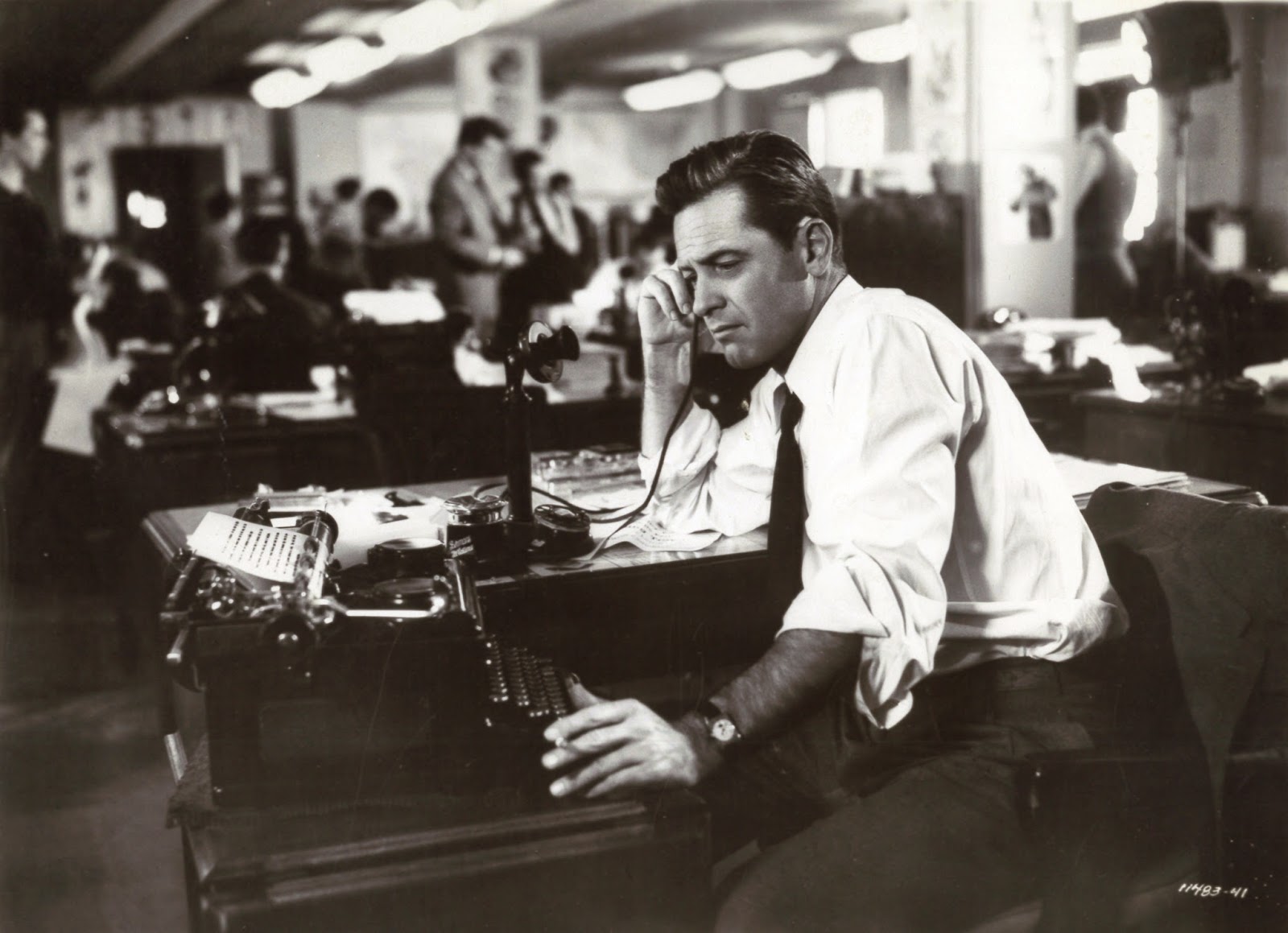Greenbriar's Gideon Weekend
Gideon's Day (1959) Is Reborn On HD Streaming
Friday was happy Vudu landfall of the vastly underrated John Ford thriller Gideon's Day, streaming for a first time in high-definition and looking like a million. Actually, it cost half that to make in 1957, a show Ford looked back on as a lark, but that may be because Gideon (retitled ... Of Scotland Yard for stateside release) more or less thudded over here, but what's this myth that Columbia chopped it down to 55 minutes? Every trade reference I checked said 91, as well as the pressbook, so trims beyond mild profanity are unlikely. Besides, what we've got streaming and on DVD is the full-length Gideon's Day of UK origin, bearing that original title. Further query: Did
Columbia had announced Gideon Of Scotland Yard for May 1958 domestic release, but that season was crowded with others from Brit-Columbia partnership --- Revenge Of Frankenstein, The Camp On Blood Island, The Snorkel, Curse Of The Demon, etc. Variety had in April called Gideon "an orthodox, but expert film, which promises satisfying boxoffice results." Revised scheduling would bump Gideon to February 1959, however, where it ping-ponged between first and second position on bills. Business wasn't notable in either event. "Getting no place" was Variety's verdict when it played with Samuel Fuller's Verboten! in
 |
| Visitor To The Set John Wayne with Jack Hawkins, John Ford, Anna Lee, and Anna Massey |
Was John Ford's name meaningful to


















































